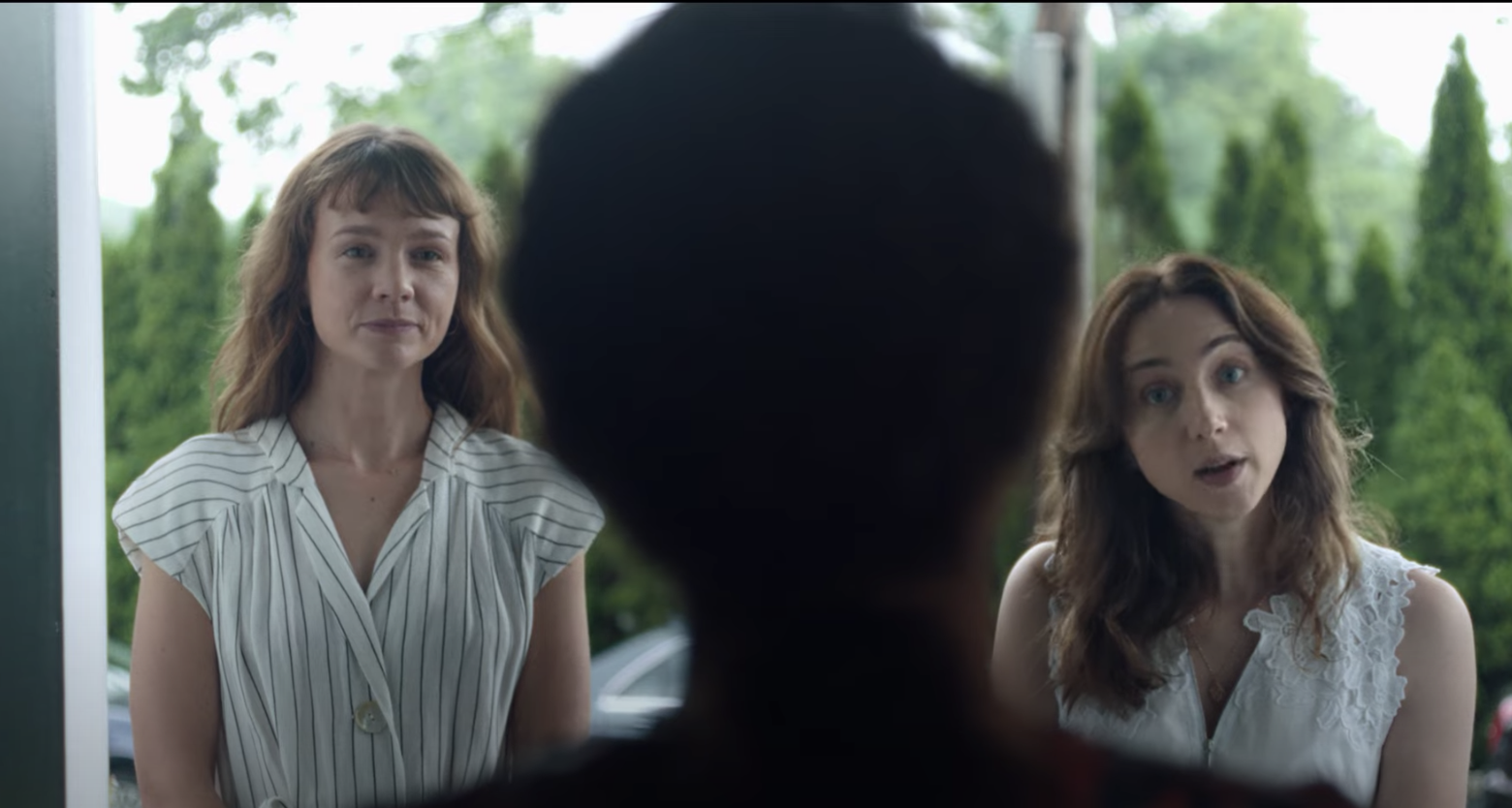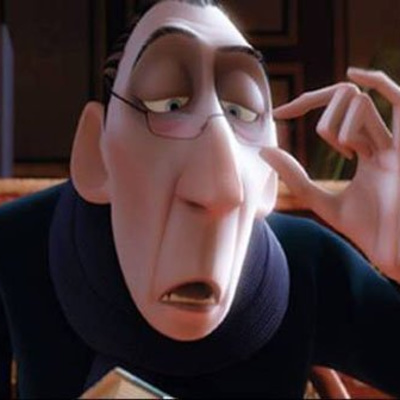By Rahul Desai
Much of journalism covers the world we occupy. But investigative journalism uncovers the world we live in. And at its best, it determines the world we hope to leave behind. It reveals and reports at once – expressing instinct in the language of reasoning, answers in the grammar of questions, and stories in the syntax of their telling. For a profession that redefines our reading of community and culture, however, its process is strikingly lonely. It’s the reverse of love: The chase itself is devoid of thrill, and the mind must keep recalibrating a sense of personal investment. It is replete with repetition and rigour: talking, thinking, walking, writing. It’s not exactly riveting to watch. This is why the “journalism movie” often presents itself as a workspace drama – a cinema of intellectual heroism and humanity. The newsroom is steeped in plurality and purpose. The business is always a character.
Yet, Maria Schrader’s She Said – based on the New York Times investigation that exposed Hollywood producer Harvey Weinstein’s history of abuse and sexual misconduct against women – is a rare film that trusts the intangibility of the process. It emerges from the marriage of hindsight and plain sight. It assumes that our knowledge of what happened next in life – the MeToo movement, a cultural moment, a global reckoning – will inform our perception of what is not happening on the screen. This muted tone allows the film to be defined more by voice than narrative; more by living than life; and more by an endlessness than linearity and shape. In other words, She Said refuses to adopt the finality of a statement – because a statement usually begins and ends. The culture of abuse does not.
This is reflected in how the film is very present-continuous in its rhythm. It doesn’t open with the reporters and, unlike recent titles such as Spotlight and The Post, closes with the ‘publish’ button. There are no payoff shots of newspapers being printed and delivered, nothing on how society reacts to the article. In fact, the film never really punctuates when the two protagonists – NYT reporters Jodi Kantor (Zoe Kazan) and Megan Twohey (Carey Mulligan) – start working on the story. There is no notice of the moment Kantor sees the tweet that triggers her curiosity. Even her pitch to her editors is just an off-the-cuff mention, in the cafeteria on a busy day – a fleeting scene that suggests she’s done this a hundred times before without realizing it’s a pitch. Even Twohey’s joining of the investigation isn’t marked as such. The two colleagues casually chat by the coffee counter, with Kantor’s eyes lighting up briefly on detecting Twohey’s passing interest. And that’s that. What this implies is that the story finds reporters, not the other way around. The story has been in motion for decades – and probably still is. When and how it’s told matters.
This is also evident in how the film eschews other workspace and biographical movie tropes. There are no lofty heart-to-hearts between the two characters. Their focus rarely wavers. The bonding happens through the work they do; it grows – but is never shown – with every small breakthrough. There is no rousing arc: Twohey rediscovers a sense of purpose through her work after a tough phase, but the writing does not overstate this. Kantor’s little girl inspires her to fight for a future where men are held accountable for their actions, but this is more of a strap to her journey than a headline. There is no external conflict either. The opportunity is ripe in the newsroom: office politics, an arrogant boss perhaps, a jealous colleague maybe. Or at home: Kantor’s husband resenting her for being too busy, or Twohey’s postpartum depression doing a sharper number on her. But the editors are kind, thoughtful and smart. The husbands and kids are sweet and understanding. The homes are cozy, too.
This isn’t some utopian vision of American journalism, though. The film hints that problems do happen, tensions do flare up, but dwelling on – or even displaying – any of those scenes might have made it about the journalists. And that’s where She Said stands out. It recognizes that the story being worked is bigger than the one we’re watching – and therefore almost wills the filmmaking to be in service of its stakes. The characters themselves seem to realize that. Everyone is not nice so much as supportive. They respect the emotional space needed by the two journalists to do their job – as well as the inherently difficult nature of the story itself – and steer clear when needed. If anything, this is also the film’s way of confessing that the circumstances have to be nearly unreal – so much must go right at all levels – to prove the legitimacy of an open secret. A famous oppressor. By extension, it asks us to imagine the sheer scale of universe alignment that’s needed to nail the more ordinary names.
Credit where it’s due. As tempting as it may have been to survey the irony of two women having to battle male egos while working on a sexual harrassment story, Schrader and screenwriter Rebecca Lenkiewicz resist the easy metaphors. In doing so, they invisibilize the process of storytelling – without erasing it – and reclaim the agency of those who summoned the courage to speak. The spotlight is on the voices; the film is flooded with instances of the journalists answering their cell phones in the middle of other activities: picnics, meals, runs, naps. The sound of a phone call becomes a film-making language of its own – one of tension, disappointment, hope, empathy, uncertainty and fear. The message is: She Said, she has always said, and this is us listening. The one time a ‘he said’ moment threatens to disrupt the tone – where a creepy man tries to flirt with Twohey at a bar – she decimates him; he pays the price for sauntering into the wrong film. The one time we see Weinstein, the film does not amp up the tension. Instead, the camera pulls into Twohey’s face as she watches him passively, almost like it’s reiterating his status as one cog in a system that enables predators like him.
She Said opens in 1992. A spirited Irish girl starts working on a Miramax set as a runner. Seconds later, we see her sprinting down a street in tears. Her world has come crashing down. She looks a lot like a younger Carey Mulligan. Then the film cuts to 2015 – where Megan Twohey (played by Mulligan) is working on a story about Donald Trump’s sexual misconduct. He is still elected President, and she receives death threats. Her cynicism is palpable. A mainstream viewer, by now, might be forgiven for wondering if the girl grew up to be a journalist. A more discerning viewer might scan the middle-aged survivors who speak to the two reporters later in the film. Most of the women break down on the phone while recounting their experiences. But She Said unfurls in a manner that makes one thing clear: The identity of that Irish girl is incidental. Our subconscious search for her in the film mirrors our inability to detect a crisis unless it adopts the form of a story. And our desire to know who she is – rather than what she endured – speaks to a future that reduced the MeToo movement from a statement to a hashtag.
By the time the film actually reaches the Irish woman, it’s not a revelation at all. It’s not meant to be. It arrives after we see similar flashbacks and memories – of other young girls whose lives were not less important just because the film didn’t open with them. Or just because they opted for a financial settlement, chose not to be quoted in the NYT article, or had their faces blurred in the MeToo-adjacent documentaries since. It’s a telling device, employed by filmmakers who set out to democratize the identity of trauma. Change might be a glorified detour. But She said – and continues to say – because She is anyone and everyone.





